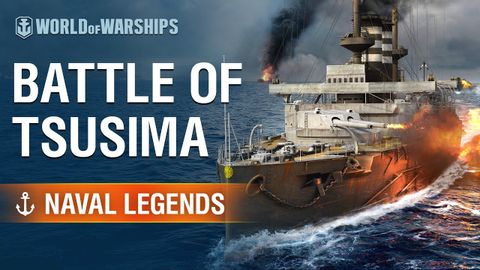海軍伝説-対馬の戦い (Naval Legends - Battle of Tsushima)
噹噹 が 2021 年 01 月 14 日 に投稿  この条件に一致する単語はありません
この条件に一致する単語はありませんUS /ˈmænɪdʒ/
・
UK /ˈmænɪdʒ/
- v.t./i.何とかやっていく;経営する;管理する;なんとかする
- n. (c./u.)戦闘;格闘
- v.t./i.戦う;奮闘する;競う
US /prəˈtɛkt/
・
UK /prə'tekt/
- v.t.保護する;保全する;金融保護する;保護する;保護する
エネルギーを使用
すべての単語を解除
発音・解説・フィルター機能を解除

